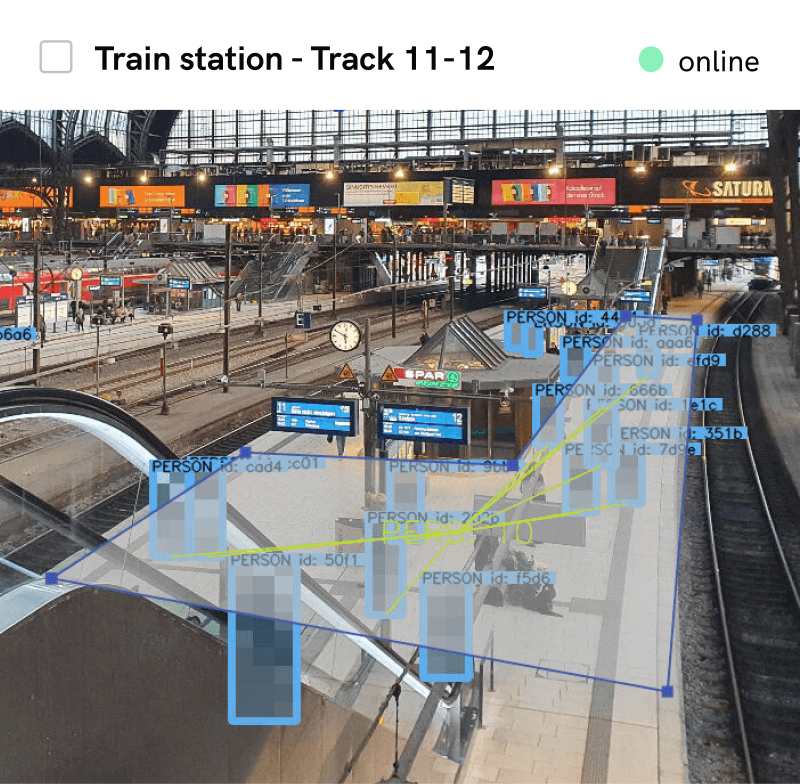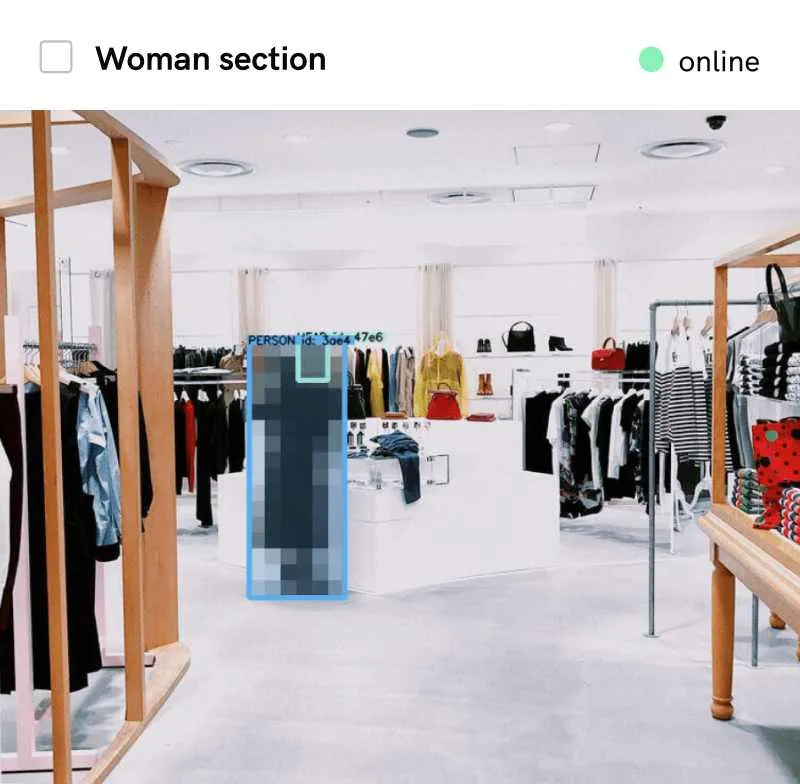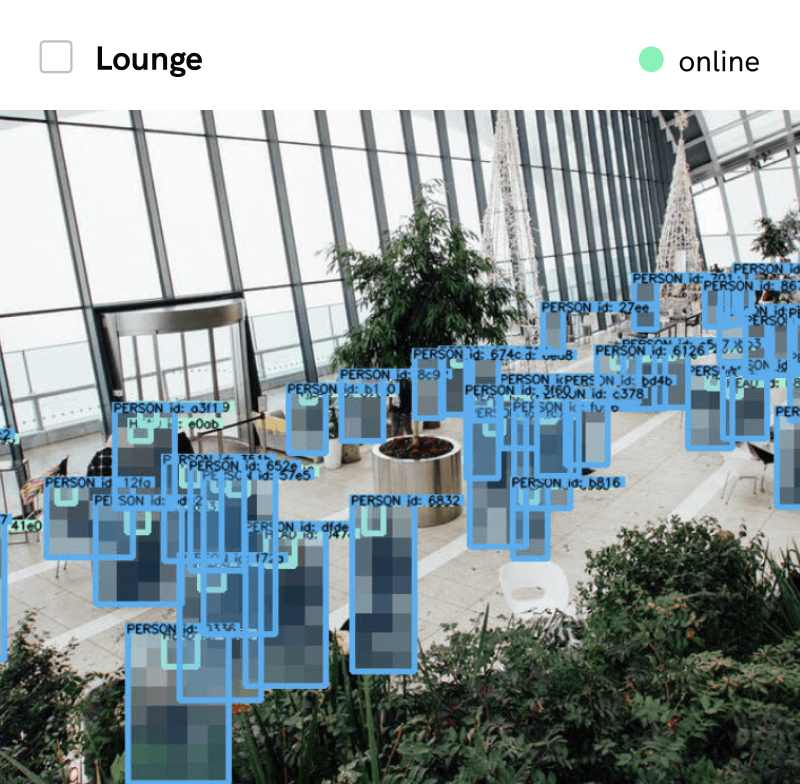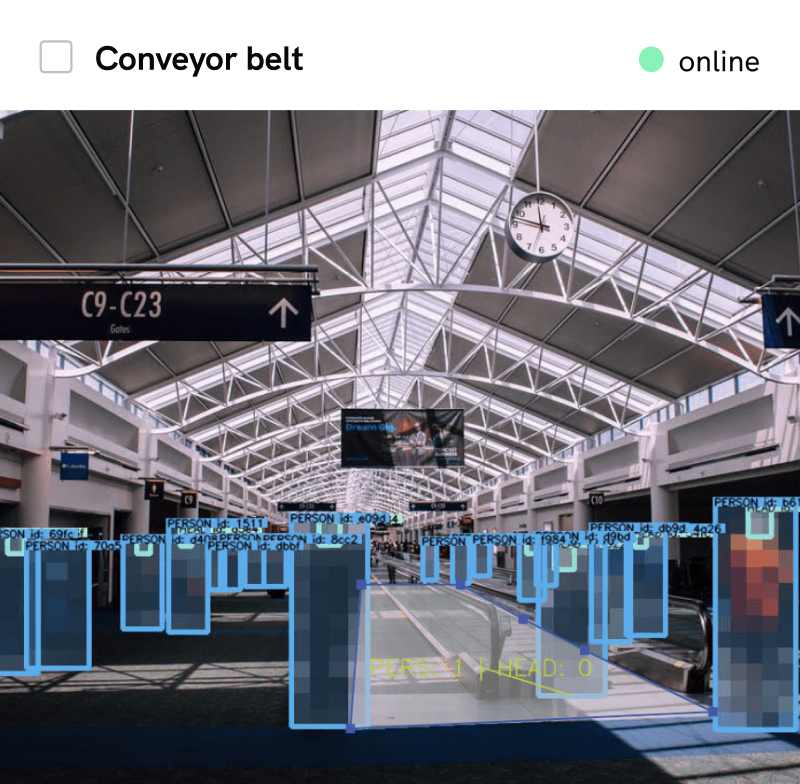Managing Hit-and-Run Traffic Accidents with AI
As our urban landscapes become increasingly congested, the challenge of managing traffic while ensuring public safety has never been more critical. Can AI video analytics offer a solution, not only to enhance our urban mobility but also to address the persistent issue of hit-and-run accidents? This article explores the potential of AI video analytics to transform traffic management by providing innovative tools to detect, analyze, and respond to hit-and-run incidents.
Published
March 28, 2024

Introduction
In today's fast-paced world, where technology is incorporated into every aspect of our modern lives, the dynamics of urban living are changing rapidly. This is most evident in the bustling streets of our cities, flooded with vehicles at all hours of the day. With the roads being more crowded than ever, cities have to adopt new and innovative traffic management systems to ensure public safety.
Each day, urban streets witness traffic incidents of differing severity, from minor fender-benders to chain accidents and hit-and-run cases. These incidents not only pose significant safety risks but also challenge our urban mobility systems' capacity to respond swiftly and efficiently. Adopting a good traffic management system can help prevent possible losses. The newest and most effective way to ensure safety on the road is by implementing AI video analytics.
In this article, we will discuss how AI video analytics can revolutionize safety protocols for traffic with a special emphasis on hit-and-run cases.
Hit-and-run Incidents in Traffic
Hit-and-run cases are a significant cause of traffic accidents, leading to both financial and emotional distress for the victims involved. But what exactly is a hit-and-run? Essentially, a hit-and-run accident is when the responsible party in an accident decides to flee the accident scene, aiming to escape the repercussions of their actions. This leaves the victim in a state of distress, dealing with the aftermath alone.
Dealing with the aftermath of a hit-and-run accident can be a lengthy and frustrating process. Often, these lawsuits drag on due to the difficulty in identifying the perpetrators or the lack of sufficient evidence to secure a conviction. Victims find themselves caught in a cycle of legal battles, spending considerable time and resources on attorneys and court proceedings, as the obstacles to identifying the offender lead to complications with car insurance claims and result in seemingly endless lawsuits.
The adoption of AI video analytics presents a promising solution to these challenges. By integrating advanced technology into our traffic management systems, we can pave the way for smarter cities. This innovation not only aids in the efficient monitoring and management of traffic but also plays a crucial role in addressing the complexities of hit-and-run cases, paving the way for safer roads and more accountable urban environments.
Critical Facts About Hit-and-run Accidents
- Around 20% of pedestrian fatalities are the result of hit-and-run incidents
- Both the rates of hit-and-run crashes and fatalities are increasing
- Factors like lighting, road layout, and crash site location significantly impact the occurrence of hit-and-run accidents
Factors that influence hit-and-run cases:
Environment and Road Design: The layout and conditions of our urban and suburban landscapes are critical factors. Areas shrouded in darkness or lacking in sufficient lighting, coupled with complicated roadway designs, significantly elevate the risks of hit-and-run accidents. These environments, obscured from the vigilant eyes of potential witnesses, become hotspots for such incidents.
Driver Profile: The likelihood of a driver fleeing an accident scene escalates with intoxication, as impaired judgment fosters a fear-induced decision to escape. Moreover, individuals with prior license suspensions, indicating a history of traffic offenses, are more inclined to commit hit-and-run offenses. This connection highlights a pattern where impaired decision-making and a history of legal infractions converge, increasing the propensity for such evasive actions.
Time and Visibility: Time plays an important role in the dynamics of hit-and-run accidents. It is shown that the drivers are more likely to flee the scene of offense from midnight to early hours. The absence of adequate lighting during these times gives offenders a sense of anonymity making it easier for them to flee the scene.
.avif)
What is AI Video Analytics?
AI video analytics is the process where artificial intelligence is applied to analyze video content, either recorded or in real-time for a specific purpose. The combination of this technology with computer vision, machine learning, or deep learning brings about special features in active traffic management such as License Plate Recognition (LPR) and Anomaly Detection as critical data providers to enhance traffic management applications.
License Plate Recognition Software technology streamlines the detection of vehicles by automatically reading their license plates from camera systems. This is crucial for quickly tracking down vehicles involved in hit-and-run incidents, facilitating faster and more effective law enforcement responses and more accurate information for police reports.
Anomaly Detection algorithms on the other hand focus on identifying unusual patterns or behaviors in traffic flow, such as erratic driving or unexpected stops, which could signify potential safety hazards. This serves as an exceptional proactive method for the early detection of car collisions within traffic systems.
By leveraging these capabilities, we can extract invaluable insights from video data, covering a broad spectrum of applications. This analysis is instrumental in enhancing urban planning and management, allowing for the development of smarter cities and roads for the well-being of the passengers.
How AI Video Analytics Can Address Hit-and-run Cases
What to do after a hit-and-run accident is mostly obscure to the persons involved. The victims are traditionally advised to note down any details they can remember such as the offender's license plate, the car's make, and model, the time of the incident, the driver's appearance, and the direction in which the car fled. Yet, in the immediate shock and confusion that follows such incidents, accurately recalling and recording these details can be challenging. This lack of concrete evidence complicates the process for law enforcement to identify the perpetrator and for insurance companies to validate claims and compensate for damages. As a result, victims may find themselves without closure, facing emotional and financial losses.
While standard video surveillance is available in most places, those systems rely on human operators to observe the camera footage which is mostly inefficient and highly susceptible to human error.
AI video analytics can be an automated solution to these problems with the help of prediction systems, accurate identification, and rapid reporting. This technology addresses hit-and-run cases in three main ways:
- Automated Vehicle Identification: AI technology can analyze video footage in real time to identify vehicles' details—such as license plates, models, and colors. This provides accurate and reliable information concerning the offender elevating the need to rely on victim reports which can be wrong due to memory error.
- Incident Detection and Analysis: AI video analysis can detect anomalies or incidents in traffic flow, automatically flagging potential hit-and-run incidents. This not only aids in immediate incident detection but also contributes to broader preventive strategies.
- Evidence Collection and Reporting: AI systems can be used to report incidents to law enforcement promptly, potentially saving lives if the victim is incapacitated. It can also aid authorities by efficiently gathering and organizing evidence, streamlining the investigative process, and enhancing the chances of bringing offenders to justice.
Different Applications of AI Video Analysis:
AI video analytics isn't just a tool; it's a versatile solution adaptable to a wide array of environments, each with its unique challenges and requirements. Its application goes beyond conventional traffic management, offering innovative ways to enhance safety and efficiency across various settings:
- Parking Lots: Parking spaces are often the scenes of hit-and-run incidents, where vehicles are left unattended for hours, making them easy targets. AI video analytics can play a pivotal role here by monitoring these areas continuously, identifying incidents as they happen, and tracking down offenders hitting parked cars who might otherwise escape undetected.
- Cities and Municipalities: Urban planning and the development of smart cities can benefit significantly from AI video analytics. Narrow streets at late times of the night pose the risk of a hit-and-run offense which can be resolved with the implementation of AI into the systems of the city to monitor neglected areas.
- Highways: Highways present unique challenges, where accidents can have severe consequences, and the fast pace makes monitoring difficult. AI video analytics can offer real-time analysis, detecting anomalies in traffic patterns that may indicate accidents or dangerous behaviors, thereby enabling quicker response times and enhancing overall safety.
- Residential Areas: In calmer, residential neighborhoods, traffic may not be as dense, but the risks remain. Children playing near roads or cars backing out of driveways pose potential hazards. AI video analytics can help in monitoring these areas for unusual activities or speeding vehicles, contributing to safer community environments.
- Commercial Districts: Shopping malls, airports, and supermarkets, with their large parking facilities, are hotspots for minor collisions and hit-and-run incidents. Implementing AI video analytics here can not only help in identifying and tracking offenders but also in managing traffic flow, detecting suspicious behaviors, and enhancing the overall security of these bustling areas.
.avif)
Ethical Concerns:
As we venture further into the era of AI video analytics, embracing its potential to enhance urban safety and traffic management, it's critical to address the ethical considerations that accompany its widespread implementation. While the benefits of this technology are significant, acknowledging and mitigating the associated risks is crucial for fostering trust and ensuring its responsible use.
Key Ethical Concerns
- Facial Recognition (FR): FR analyzes facial features to identify a person based on a captured image or video. Despite being widely utilized in electronic devices like phones and laptops for easy unlocking features, its application in public surveillance raises valid privacy concerns.
- Continuous Monitoring and Data Storage: The prospect of being under relentless observation can be unsettling, sparking debates about the right to privacy in public spaces. The accumulation of vast datasets from continuous surveillance further compounds this issue, raising questions about data security, potential misuse, and the safeguards in place to prevent unauthorized access or breaches.
- Bias and Misidentification: AI and machine learning algorithms can inadvertently perpetuate biases, leading to discriminatory practices or misidentification. In contexts like security and law enforcement, such biases could have serious repercussions, affecting individuals' lives and undermining the technology's credibility.
Towards Ethical Solutions
Addressing these concerns necessitates a multifaceted approach that includes transparent operations, stringent data protection measures, and ongoing efforts to eliminate bias from AI algorithms. By engaging with communities, legislating clear guidelines for use, and implementing robust security protocols, we can mitigate these risks.
In this progressive landscape, the goal is not just to leverage AI video analytics for its remarkable capabilities but to do so in a manner that respects individual rights and promotes a sense of security and fairness. By navigating these ethical challenges with care and consideration, we can harness the full potential of AI video analytics to create safer, smarter urban spaces without compromising the values we hold dear.
Future Directions
As we stand at the intersection of technology and urban development, the advancements in AI technologies, particularly in traffic surveillance and public safety, signal a future brimming with potential. The journey we've embarked upon, leveraging AI video analytics to create safer, more intelligent urban environments, is both promising and challenging. Yet, it's clear that the horizon of possibilities extends far beyond our current achievements, offering exciting prospects for enhancement and expansion in urban mobility.
The Evolution of Prediction and Prevention
The next frontier in AI technology's application to traffic management and public safety lies in the refinement and expansion of predictive analytics and preventive mechanisms. These systems are set to become more accurate and efficient, providing risk and behavioral analysis to mitigate high-risk situations before they escalate thus preventing possible loss of life or damage to properties.
This evolution promises not only to reduce the incidence of traffic-related incidents but also to foster a more nuanced understanding of urban dynamics. The integration of AI-driven insights into urban planning and traffic management can lead to smarter, more responsive city infrastructures that adapt to the needs and behaviors of their inhabitants.
More about Isarsoft
With Isarsoft Perception, your camera systems become part of your business intelligence. Whether the goal is to increase efficiency, customer satisfaction, or safety, Isarsoft Perception provides the insights needed for informed decisions.

Optimize your business processes.
Improve business processes with video-based business intelligence from Isarsoft.









.webp)